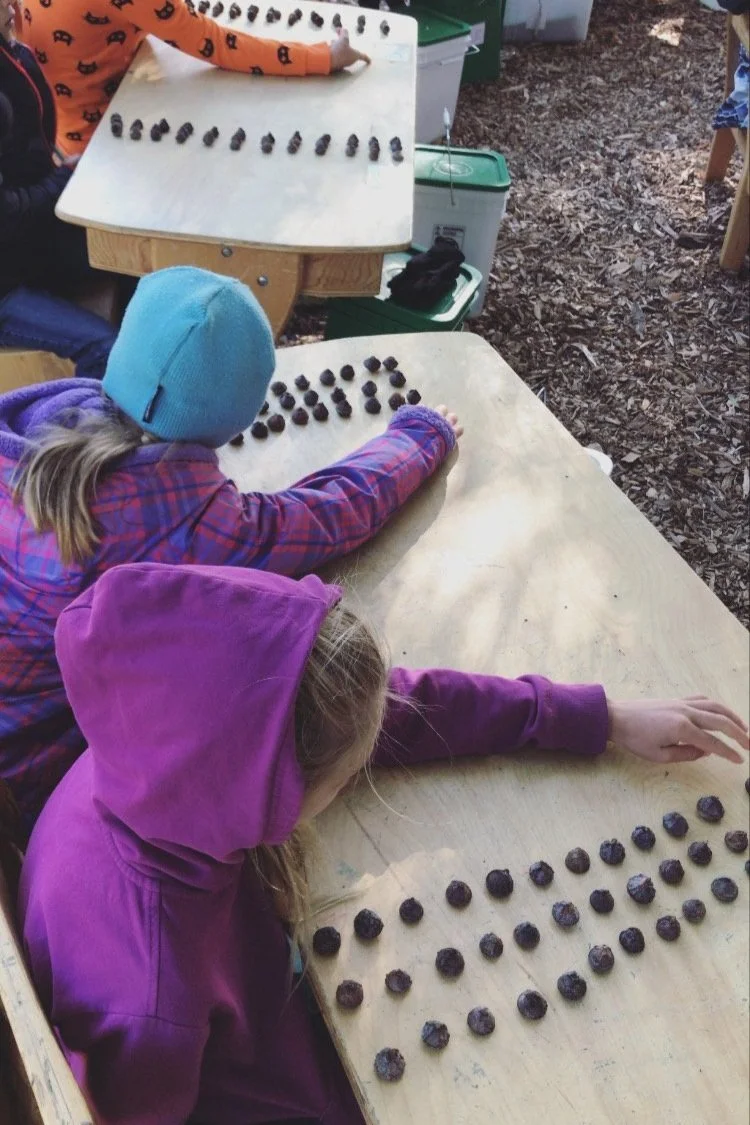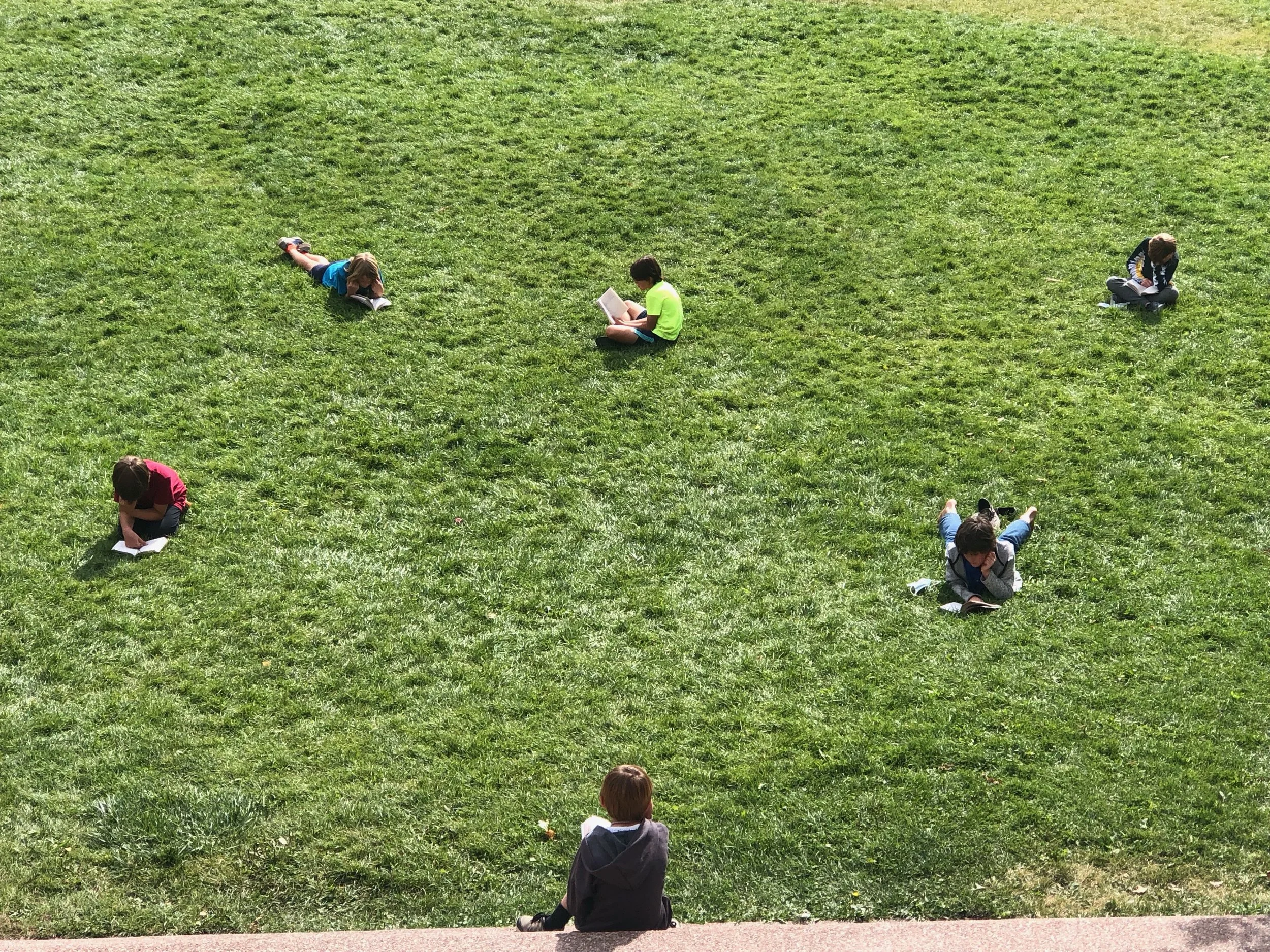More than fun & games: Imagination is a modern problem solving key
When we talk about imagination, it’s often in the context of childhood. A thing we have and then lose with time and age. What happens if we pause to examine and consider that imagination is an invaluable key to tackling so many of our current challenges? Our current global environmental, economic and social realities will all demand thinking that stretches beyond known realms, into the space of human imagination. Adults of the future will undoubtably needs capacities to think beyond what already exists.
Over the course of human history, progress and problem solving is driven by creativity and the courage to ask, ‘What if?’ A recent opinion piece published in Scientific American states, “Our educational system is designed to generate productive workers, not creative thinkers and doers”.
This is a concerning statement in a world that desperately needs our “ability to reimagine the future and disrupt the status quo (which) remains a distinctly human quality. Unlike AI, children are naturally imaginative and question the premises of society” as noted by Peter Sutoris in Scientific American. Sutoris continues on to say, “in my research, I have observed that younger children are often the most radical in imagining different futures; as they get older, their imagination tends to become more generic, mimicking mainstream narratives of technological progress.”
Waldorf Education intentionally fosters imagination and mental imaging through a number of key curriculum elements across all grade levels. Oral storytelling begins in Early Childhood and continues through 8th grade, building increasingly complex images through biographies, history and stories from around the world. Not to mention the imagination necessary to approach science through observation and questioning to solve problems. (The scientific method, with its roots in observation, begins at the teaching approach in lower grades and builds to hands on experiments in physics, chemistry, botany, meteorology and more in upper grades). Increasingly complex literature, speech, verse and artistic work across the grades all engage imaginative and creative thinking, strengthening these (what we see as critical) capacities.
As Sutoris writes, “In an education system that celebrates imagination, arts and creativity are as important as math and science.” Discover a curriculum that sees academics as the starting point and human capacities including imagination as equally valuable when it comes to helping our students build the world of the future.
“The kind of intelligence Nelson Mandela and Václav Havel possessed was not artificial. The ability to reimagine the future and disrupt the status quo remains a distinctly human quality.”


